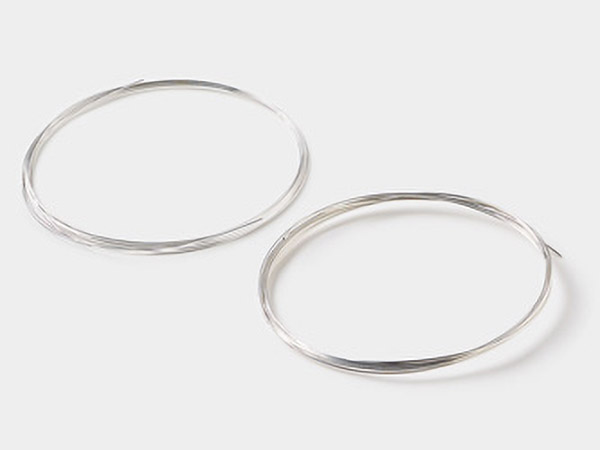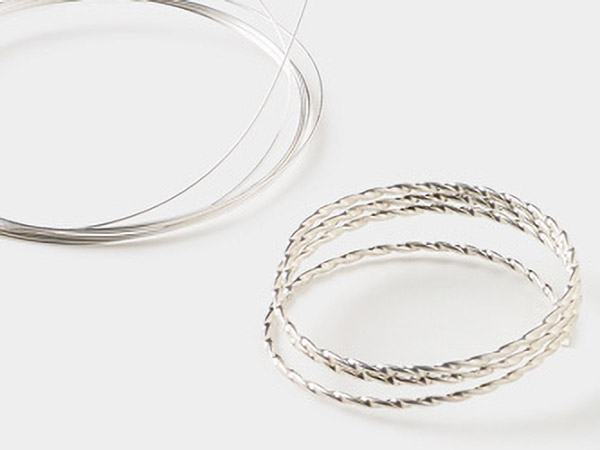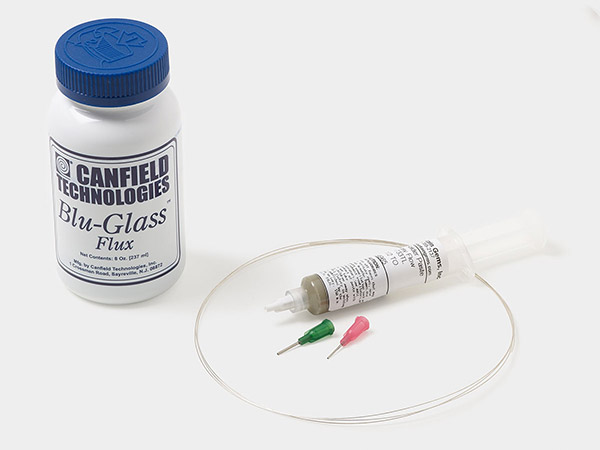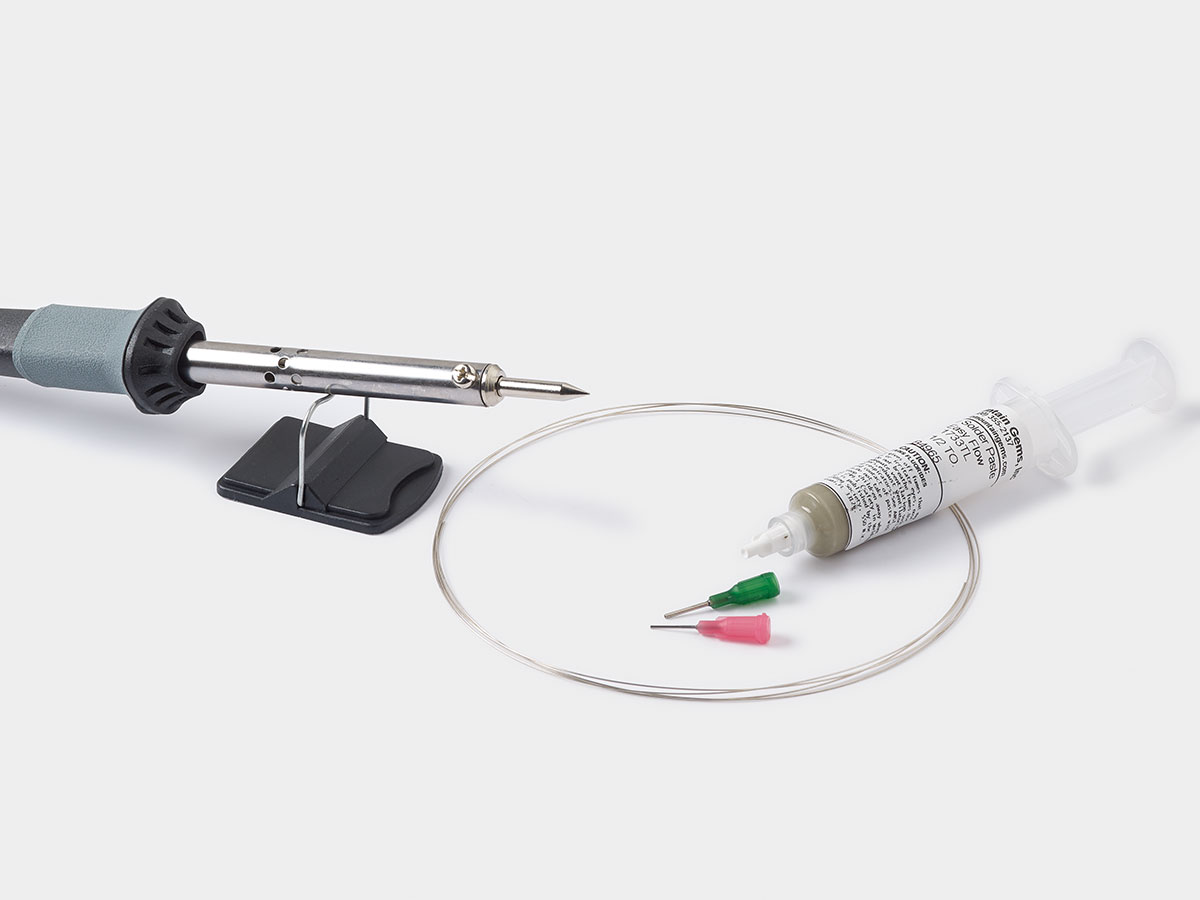Ask the Experts Metal Sheets Q&A
Thank you so much for providing answers to my many questions. I hadn't realized this was an option. I've been fascinated with Argentium, but I can't find much in the way of instructional materials. I have several questions for you, and I thank you in advance for taking time to answer.
- I made the mistake of ordering the 12-gauge "full hard" so it's very hard to work with. Will it damage the Argentium if I heat it too many times? I've been using my small butane torch to heat it up and make it soft enough to work with, but after a bit of hammering or twisting, it gets too hard to work again.
- I've ordered "pickle" but it hasn't gotten here yet, so I read that 2 cups of vinegar with 1 tsp salt will do the same thing. Is that true? And am I harming my wire? It seems to have a white "crust" after I take it from the warm vinegar.
- I made a ring with some nice detail. I'd like to make it pop by applying patina. I didn't have any liver of sulphur, but my home method has been to put silver in a plastic bag with a boiled egg. It had no effect on the Argentium, so I'm wondering if it won't take a patina because of the Germanium, or do I just need the right solution? Is liver of sulphur correct?
Thank you so much.
- June
Since the 12-gauge Argentium® wire is full-hard, anneal the metal to bring it to its most malleable state. With a lower melting point for Argentium than for sterling silver, a variety of gases and torch tips can be used. For successful annealing, use a disappearing black marking as an indicator (a permanent marker is great for this) and be aware that a silvery wet color (not a dull red color as is the case for annealed sterling silver) is necessary for a full anneal.
Once properly annealed, you can work with the wire. As you manipulate the annealed wire, it will work harden, so you may find the need to anneal the wire again. All will depend on how much you work the wire.
"Pickle" is an acid that removes the layer of oxidation that forms when heat is applied to sterling silver. A vinegar/salt pickle may work since vinegar is an acid, but better results can be achieved using a traditional product such as Sparex® pickling solution.
Since eggs contain sulfur, shelled hard-boiled eggs placed in a plastic bag with the metal, sealed and left for a number of days, can work. Here again, traditional products like Liver of Sulfur™ or Patina Gel will have more accurate and expedient results. Patinas may take longer to apply as Argentium silver's non-tarnish and brightness/whiteness features inhibit tarnish.
- Sandra Lupo, Metalsmith, Jewelry Artist and Instructor
Still can't find what you're looking for?
Submit Your Question





